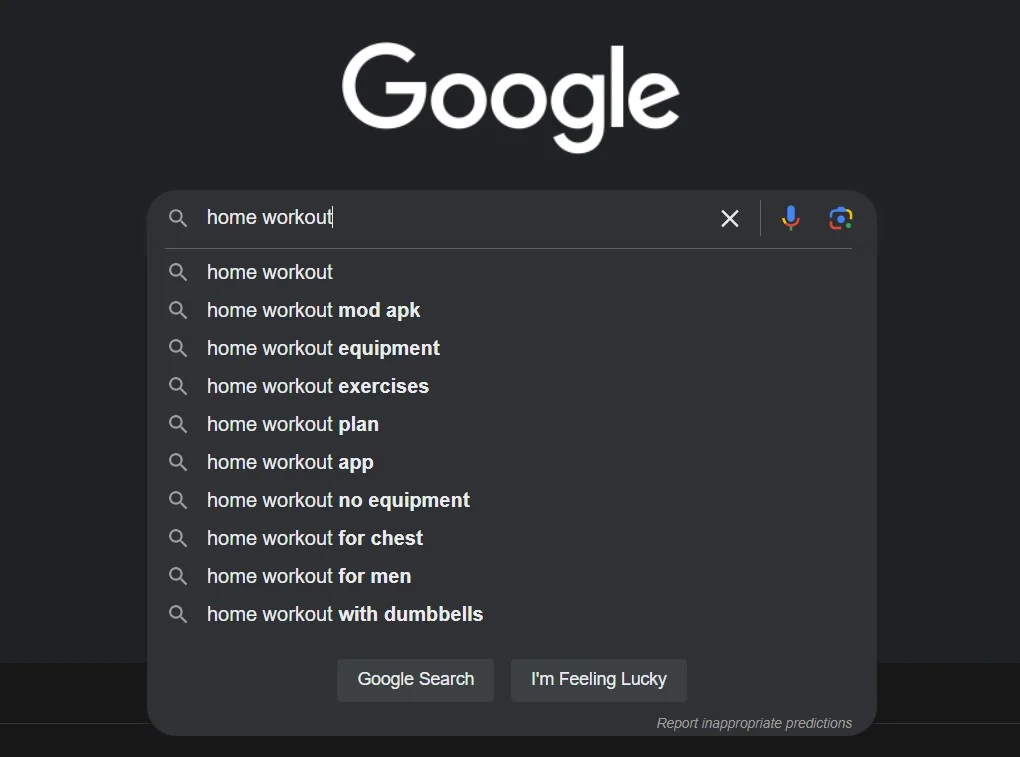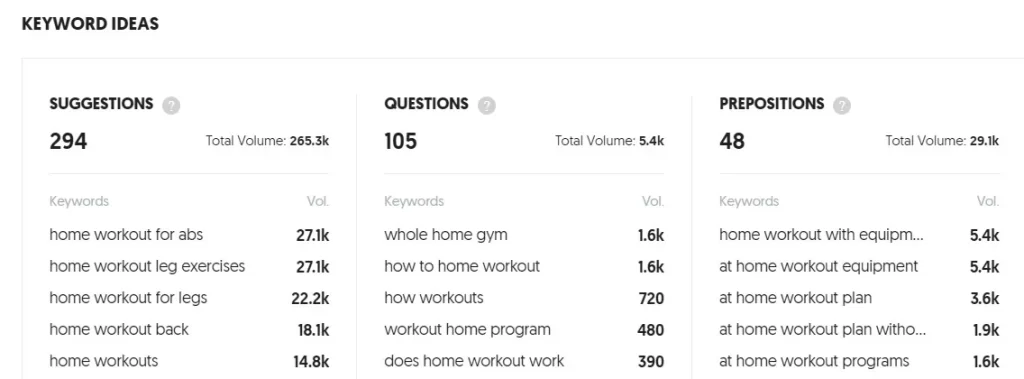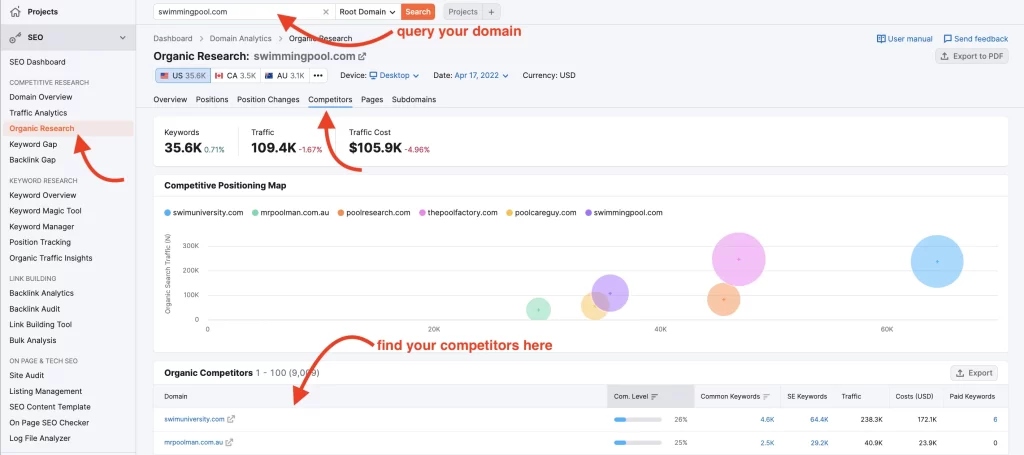Email : speqtustechnologies@gmail.com

How to Find the Best Keywords in 30 Seconds: A Quick Guide to Boosting Your SEO Strategy
Time is money in the SEO and marketing world. The reason is that itʼs critical to discover relevant keywords for your website and content as soon as possible. Keyword research typically takes hours, but there are tricks you can use to uncover high-potential keywords in just 30 seconds. This will demonstrate to you how to quickly determine the right keywords for your website in order to enhance your SEO efforts.
Why Keyword Research Matters
Keywords are the foundation of your SEO strategy. Keywords or phrasal expressions, the terms or expressions that users put into search engines when they want to find information, products, or services. When you rank in the right search terms, you can substantially enhance your site’s search engine appearance, thus driving more natural traffic to your site’s pages. However, not all keywords are created equal. Some may have high search volume but are too competitive to rank for, while others may be long-tail keywords with low competition but high relevance to your audience.
The secret lies in balancing relevance, search volume, and competition. And doing this doesn’t have to be time-consuming. Here are the methods that can be used to select the most relevant keywords fast.
Step 1: Leverage Google Autocomplete (10-15 seconds)
Google’s autocomplete can be a wealth of relevant keywords, at little to no cost. If you are starting to type a search phrase into Google, autocomplete suggestions will be generated based on search trends for your phrase. Here’s how to make the most of it:

- Start Typing Your Core Keyword: Starting with a basic term or phrase in your field. For example, if you’re in the fitness industry, start typing “home workout.”.
- Review the Suggestions: Google will automatically suggest common search queries based on your input. These are common phrases that are currently being sought out by users.
- Choose the Best Variations: Examine the proposals listed and select the most appropriate ones. They may be long-tail keywords or granular variants that are tailored to your content/offerings.
Why this works: Google’s autocomplete is a real-time representation of user behavior, so it immediately tells you what people are looking for. It is one of the quickest and simplest methods to find useful keywords.
Step 2: Check the “Related Searches” Section (10-15 seconds)
Once you type a specific word or phrase in Google search engine, scroll down the page to find the “Related Searches” box. This section presents further search terms in the context of your query that are trending among users. Here’s how to use it:

- Search Your Keyword: Enter your core keyword into Google and press Enter.
- Scroll Down to Related Searches: At the bottom of the page, you’ll find a list of related searches.
- Pick Relevant Keywords: Take note of the most relevant keywords. These include variants or synonyms that may provide less competition and more focused traffic.
Why this works: Google’s algorithm ranks such relevant search suggestions according to user behaviour, and this can lead you to find some additional keywords that you might not have naturally considered.
Step 3: Use a Keyword Tool (5-10 seconds)
To conduct deeper keyword research, employ a free keyword research tool, such as Ubersuggest, Keyword Surfer or Answer the Public. These tools can instantly provide keyword suggestions along with useful metrics such as search volume and competition level.

Enter Your Keyword: Input your core keyword into the tool’s search bar.
Review the Suggestions: Within a second, the tool will show a list of associate keywords (sometimes including search volume, competition, and difficulty scores).
Select the Best Keywords: Select keywords that are very specific to your content, have a decent number of queries per month, and are not too popular.
Why this works: These keyword analyzers take the data from search engines and give you the high search-volume keywords based on real-world user queries. This is a more sophisticated technique for keyword mining, which saves you considerable time.
Step 4: Analyze Competitor Websites (5-10 seconds)
Your competitors are already leeching keywords in your market space. It is easy to detect which keywords are used to drive traffic to their pages simply by browsing their websites. Tools like SEMrush and Ahrefs allow you to analyze competitors’ websites and find the keywords they rank for.

- Identify Competitors: Identify some of your competitors that are getting high positions in your field.
- Use Competitor Analysis Tools: Let them feed their website URL into SEMrush or Ahrefs, etc.
- Look for Overlapping Keywords: Compare the keywords they rank for and determine which of those keywords you have the potential to target.
Why this works: Competitor analysis is what allows you to watch what is already done within the field, which delivers keyword prospects that actually generate traffic.
Step 5: Focus on Search Intent
Not all keywords are created equal in terms of user intent. There are three types of search intent:
– Navigational: A user is seeking for a particular website or page (e.g., “Facebook login”.
– Informational: Individuals are searching for information, answers to questions, or other information (e.g., how to lose weight really fast).
– Transactional: Customers are eager to pay (e.g., “buy running shoes on the internet”.
When choosing your final set of keywords, focus on keywords that are relevant to the intent of your users. For example, if your goal is to generate sales, focus on transactional keywords.
Why this works: Targeting intent-driven keywords guarantees that the targeted traffic viewing your site will be informative and conversion-likely, i.e., purchasing behaviour, newsletter signup and so on, and consuming your content.
Conclusion: Speedy and Effective Keyword Research
Finding the best keywords for your SEO strategy doesn’t have to take hours. By leveraging Google’s autocomplete, related search suggestions, free keyword tools, competitor analysis, and focusing on search intent, you can discover high-potential keywords in just 30 seconds.
Quick keyword research enables you to stay competitive, attract the right audience, and improve your website’s visibility in search engine results. With these simple strategies, you can get ahead of the competition and start creating optimized content that resonates with your target audience.
Tips: To further enhance your SEO strategy, continue refining your keyword list regularly. Search trends change, and staying up-to-date will help you maintain a competitive edge in your niche.

